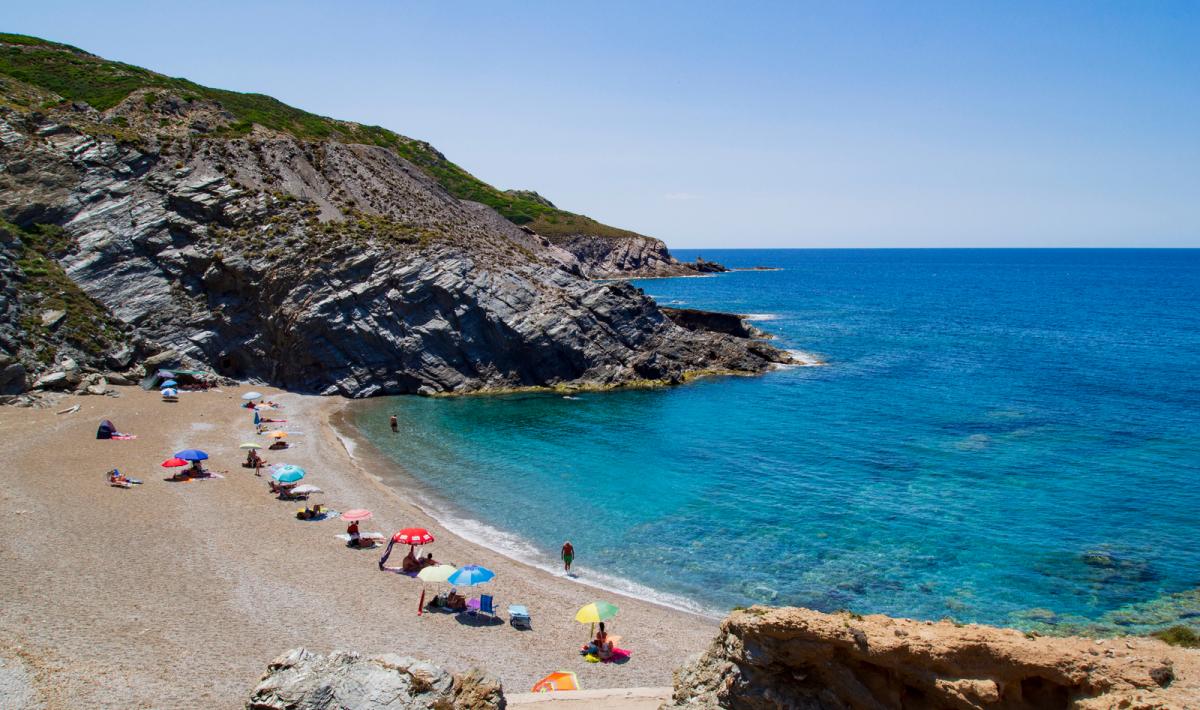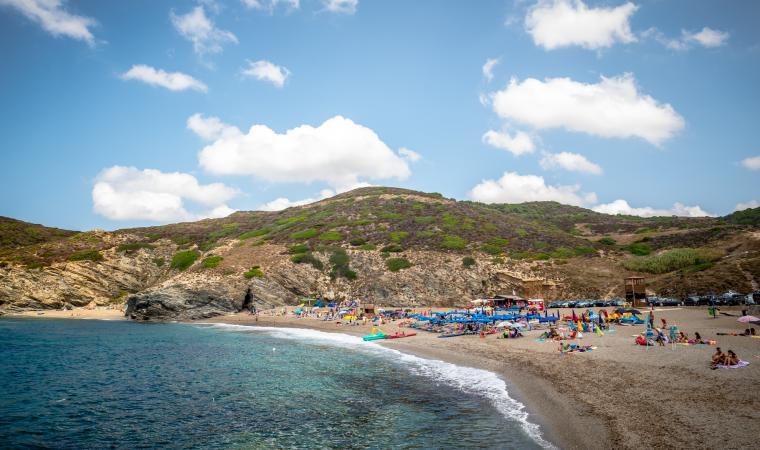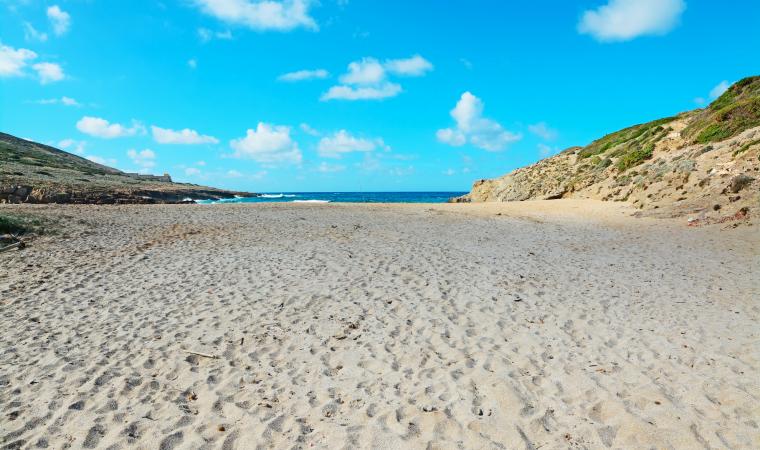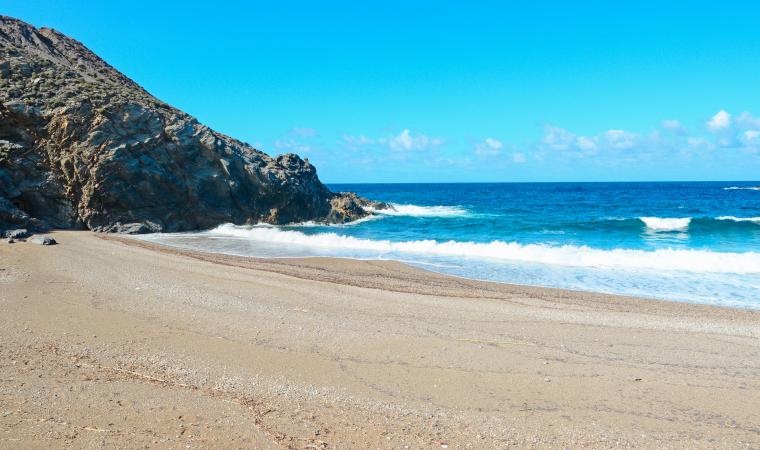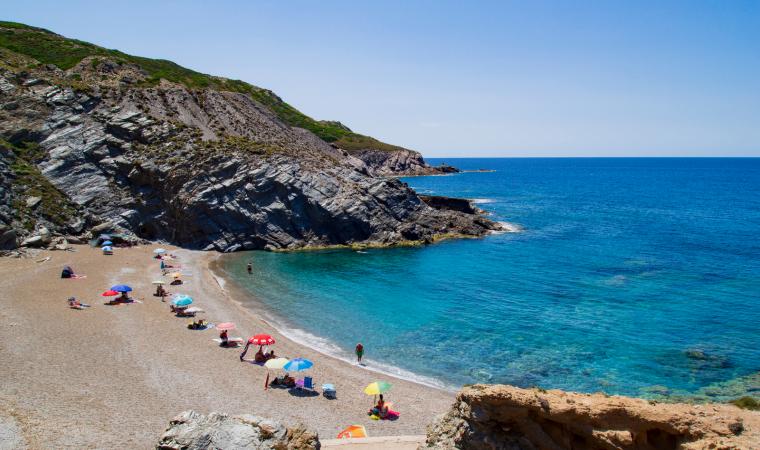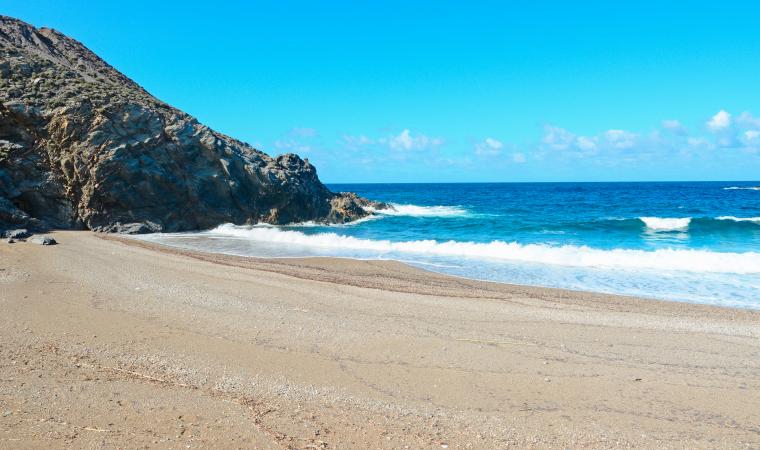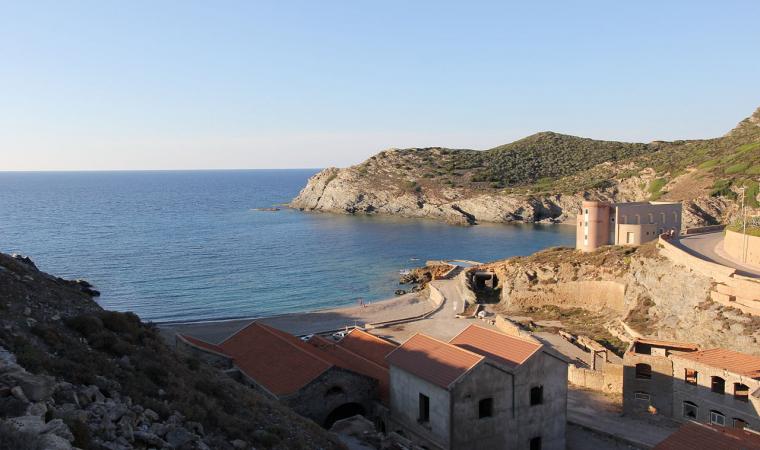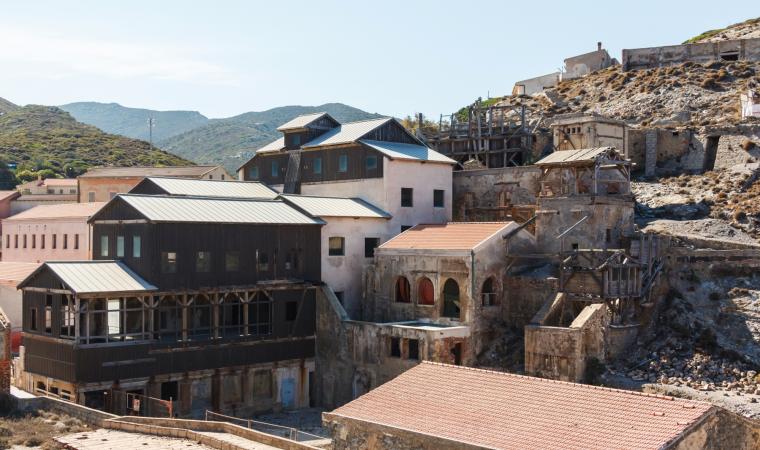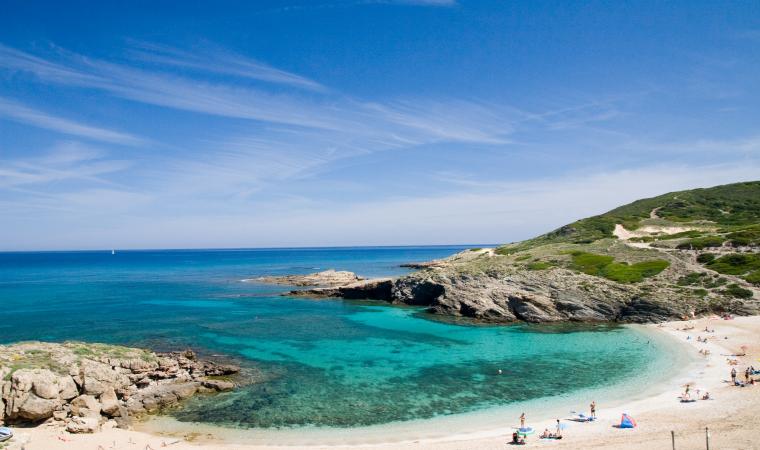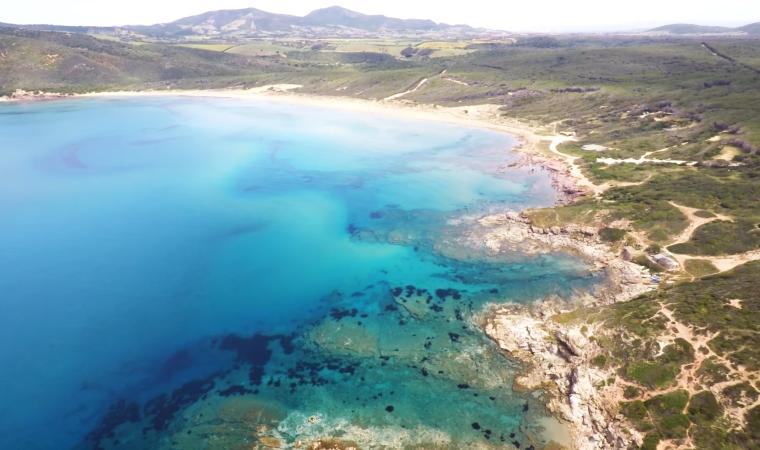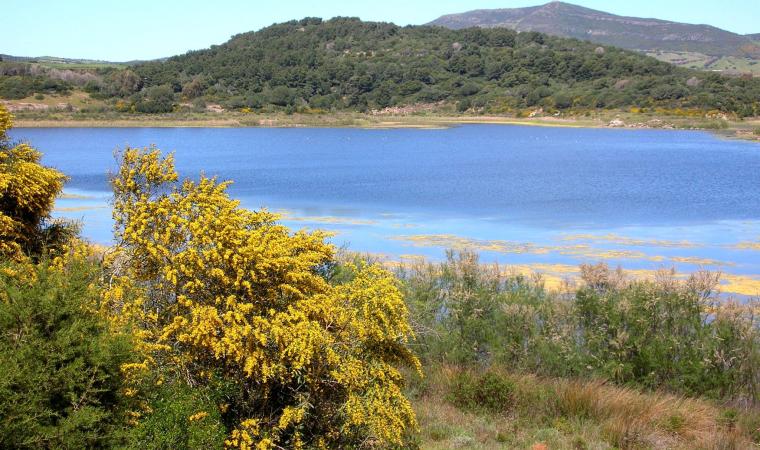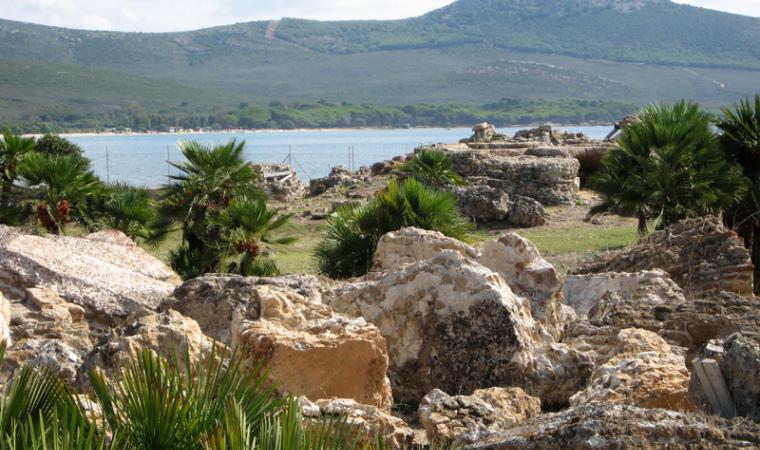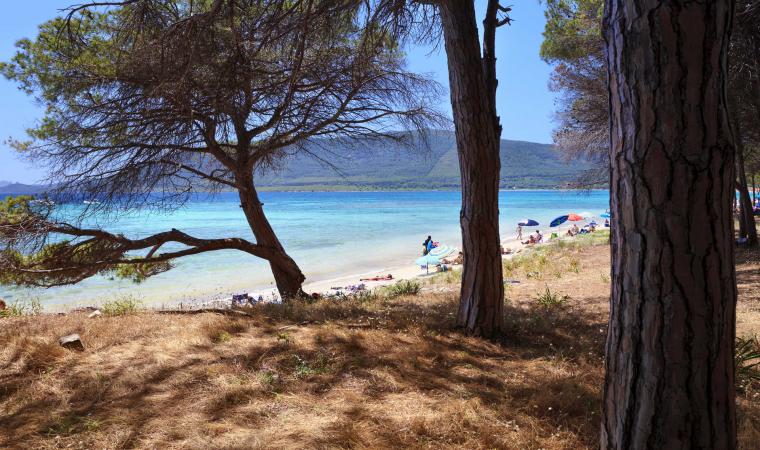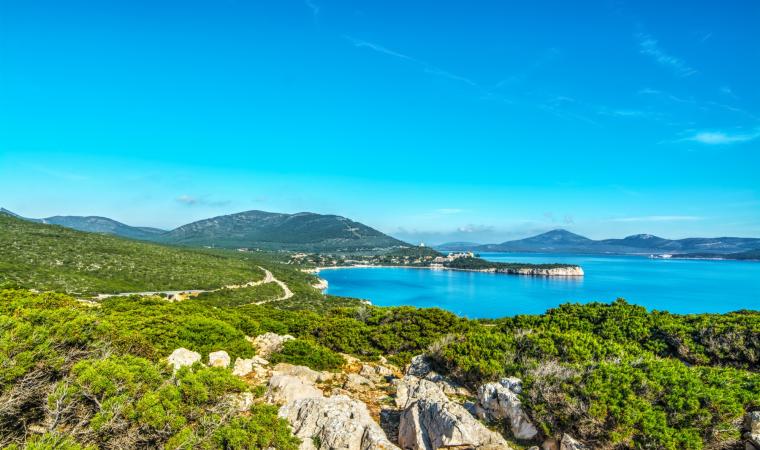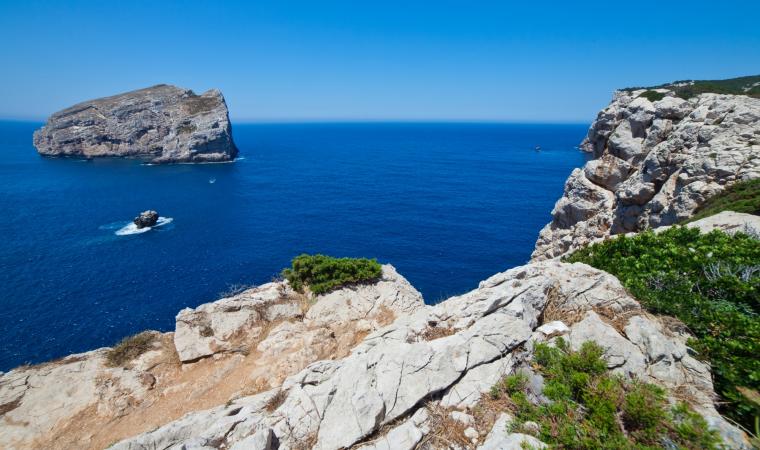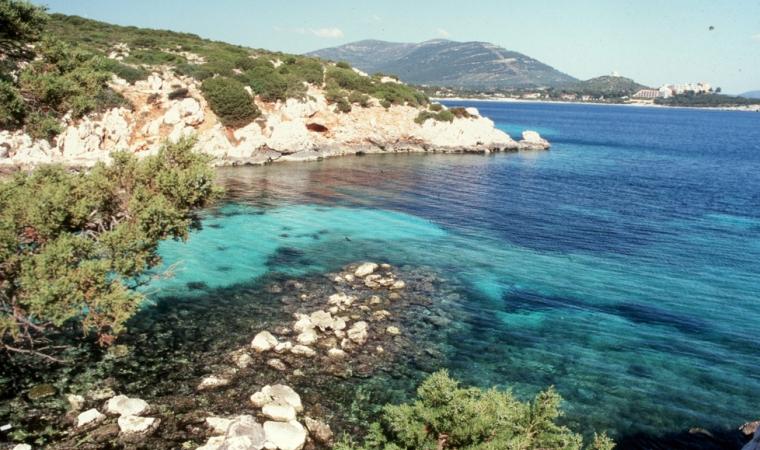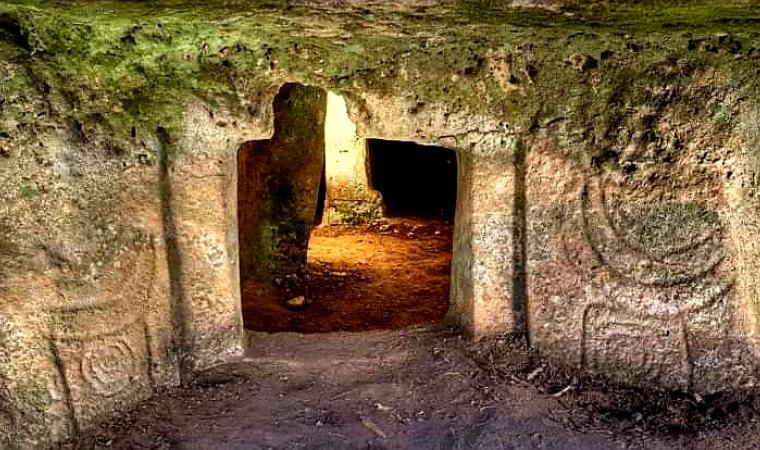A ghost village next to mountains of silvery slag and fascinating ruins from a distant mining period is now an innovative open-air museum. There are also cliffs overlooking crystal clear waters, spectacular coves and expanses of white sand, places where you can alternate relaxation on the beach with hiking explorations. This is the landscape of Argentiera, a hamlet of Sassari - 43 kilometres away (by first taking state road SS 291 and then provincial road SP 18) - once a flourishing village and a major mining district in northern Sardinia, thanks to rich deposits of zinc and argentiferous lead, known since ancient times. Today it is one of the most fascinating sites of industrial archaeology in Europe, an integral part of the geomineral park of Sardinia, as well as a peaceful seaside resort, halfway between Alghero, Stintino and Porto Torres and it is never crowded, even in the height of summer. A few farming families live in the village all year round.
The ruins of the old mine look out onto the turquoise sea. Around it, there are sheer rock faces and promontories covered with dense Mediterranean scrub, which delimit wildly beautiful bays that are accessible from the sea or by land along steep paths through unspoilt nature, ideal for trekking. Spectacular scenery, the set of the opening scene of ‘Boom!’, with Liz Taylor and Richard Burton (1968). The upper coast is interrupted by three sandy coves: in Porto Palmas, near the Businco rock and the cala dell’Argentiera, once used for loading minerals, which were taken on board and then transported on boats. The cove is made up of two semi-circular beaches, separated by a small cliff. The sand is firm, medium-grained and has a light amber-greyish colour due to the mineral powders. The largest of the beaches almost opens up onto the main square of the village and is the scene of a literary festival at the end of July. The smallest beach, located to the south, is known as Cala Onano and is dominated by a mining village that emerged in the early 20th century and by the washery building made of pitch-pine wood, built in 1936 and now one of the most unique mining monuments. The bay has shallow waters and a sandy shore, with rocky plateaus further out: spurs with ravines and cavities stand out and this is the habitat of a great variety of life forms as well as a destination for snorkelling enthusiasts. You can rent beach equipment, pedaloes and canoes here. There is no shortage of refreshment areas and ample parking, also suitable for camper vans. There are restaurants and bars nearby.
Two dirt roads start at the little village and lead to the cape and to the tip of the Argentiera. Two kilometres to the south, you will encounter Porto Palmas, the only landing place within a few miles. The beach is a spectacular crescent of white sand amidst dark rocks, with low cliffs on either side protecting it from wind and currents. To the north of the Argentiera, you can travel in an off-roader along a dirt road that runs parallel to the cliff for a few kilometres: you can admire smooth lava rocks, shaped by water and wind, that looks like a lunar landscape in some stretches and encircles coves with panoramic viewpoints. The road, which is now paved, continues as far as the wild beach of Lampianu, near the now-abandoned village of Nurra, and reaches punta de Lu Nibaru, in front of the Businco rock.
Mining activity at the Argentiera started in 1867 and lasted exactly one century. The mine changed hands many times, passing from one company to another, with ups and downs, while the peak of its development was between the end of the 19th century and the first few decades of the 20th century. This significant and interesting legacy recently entered a phase of development, starting from the environmental regeneration and urban renewal of the little village, continuing, in 2019, with the construction of the Open MAR, an innovative open-air museum, where historical memory, art and new technologies meet each other.

